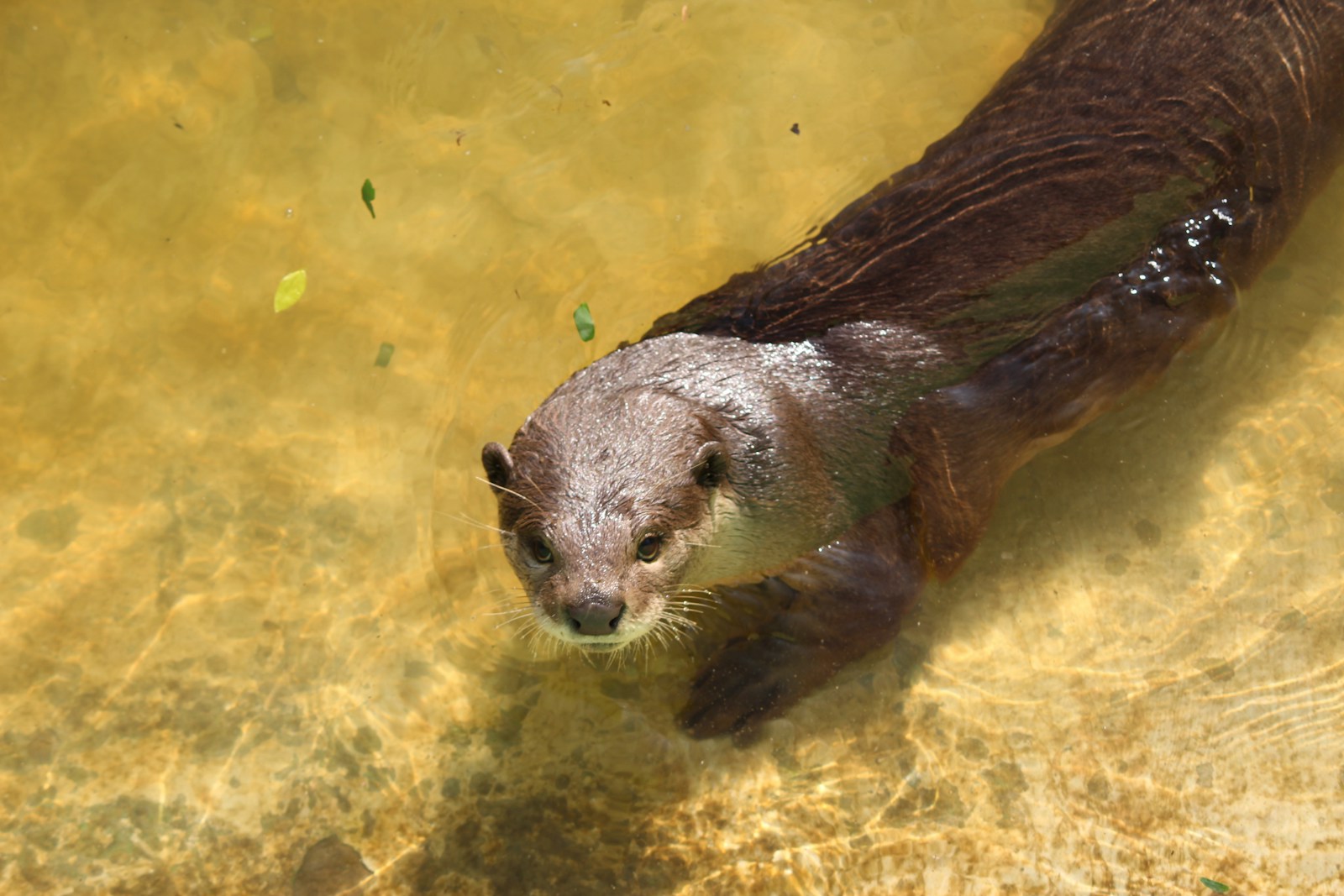The reintroduction of river otters to America’s waterways represents one of the most successful wildlife restoration stories in U.S. conservation history. These charismatic mammals—known for their playful behavior and ecological importance—once thrived throughout North America’s rivers, lakes, and coastal areas. However, by the early 20th century, river otter populations had been decimated across much of their historic range due to unregulated trapping, water pollution, and habitat destruction. Their absence left a critical gap in aquatic ecosystems. Beginning in the 1970s, biologists undertook ambitious reintroduction programs that have successfully returned these captivating creatures to waterways where they had disappeared decades earlier. The story of their comeback illustrates the delicate science behind wildlife reintroduction and showcases how dedicated conservation efforts can reverse environmental damage when guided by scientific understanding and public support.
The Historical Range and Decline of River Otters
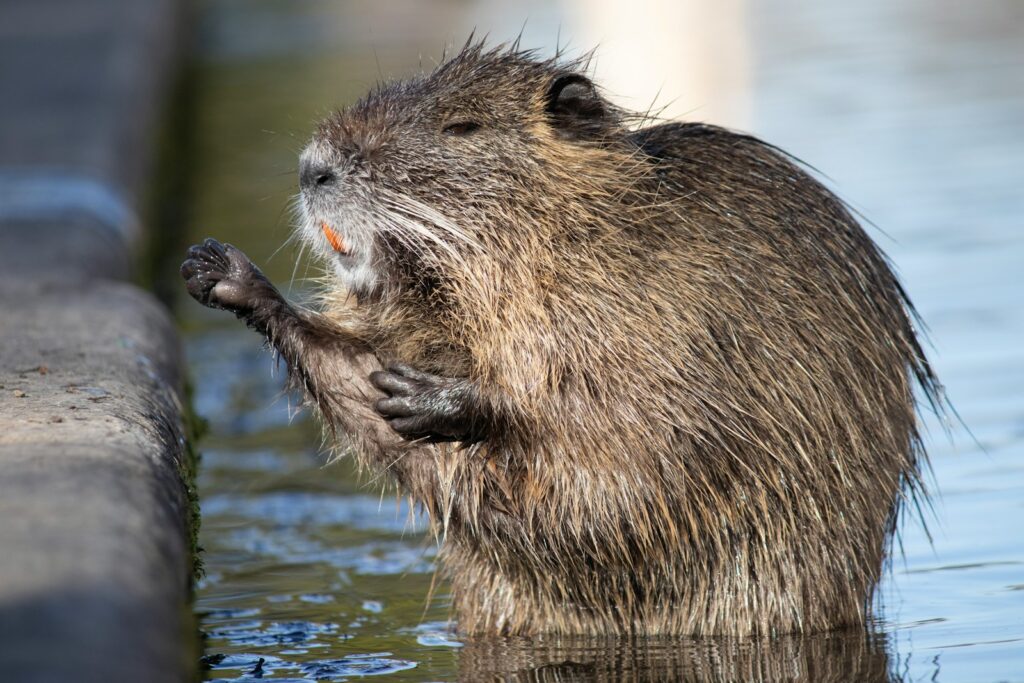
North American river otters (Lontra canadensis) historically inhabited waterways across the continent, from Arctic Alaska and Canada to the Gulf of Mexico. These semi-aquatic mammals occupied diverse aquatic habitats including rivers, streams, lakes, coastal shorelines, and marshes throughout almost every U.S. state and Canadian province. By the early 1900s, however, river otters had vanished from much of their historic range, with populations eliminated entirely from at least 11 states and severely reduced in many others. The fur trade represented the primary driver of their decline, with an estimated 50,000 river otters trapped annually during peak harvesting periods in the 19th century. Additional factors in their disappearance included widespread water pollution from industrial activities, destruction of riparian habitats, and channelization of waterways that eliminated the complex shoreline environments otters require for denning and rearing young.
The Ecological Importance of River Otters
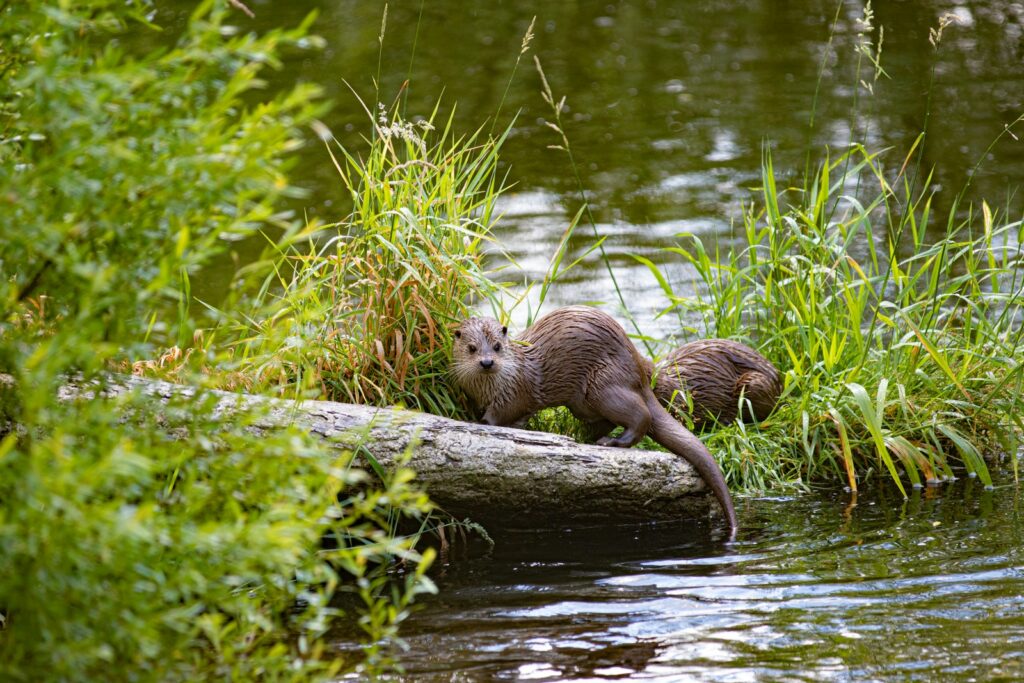
River otters serve as crucial indicator species whose presence reflects the overall health of aquatic ecosystems. As apex predators within freshwater environments, they help maintain balanced fish populations by primarily targeting slower, often diseased fish that are easier to catch, thereby potentially improving the overall health of fish communities. Their feeding habits create a trophic cascade that can influence everything from fish behavior to aquatic plant growth patterns. Additionally, otters create nutrient transfer between aquatic and terrestrial environments through their feeding and denning activities, enriching riparian zones with marine-derived nutrients in coastal areas. Scientists recognize that healthy river otter populations indicate clean water, abundant food resources, and intact habitat—making them living barometers of environmental quality across watersheds.
Early Conservation Efforts and Legal Protection
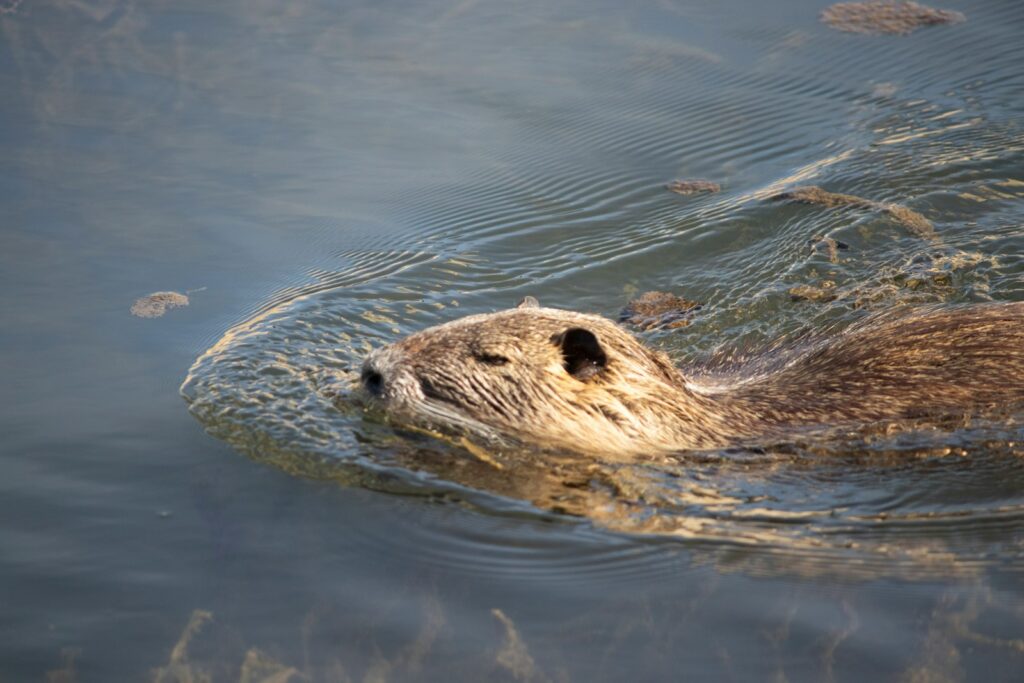
The first meaningful steps toward river otter conservation began in the early 20th century with the gradual implementation of trapping regulations across various states. By the 1930s, some states had established limited trapping seasons, while others had placed complete moratoriums on otter harvesting as population declines became increasingly apparent. A significant advancement came in 1977 when the Convention on International Trade in Endangered Species (CITES) listed North American river otters under Appendix II, regulating international trade of their pelts and products. The Clean Water Act of 1972 also played a crucial indirect role in otter conservation by addressing water pollution issues that had degraded their habitat and food sources for decades. These protective measures created the foundational legal framework that would eventually make reintroduction efforts possible, though many biologists recognized that passive protection alone would not be sufficient to restore otters to their former range.
Pioneering Reintroduction Techniques
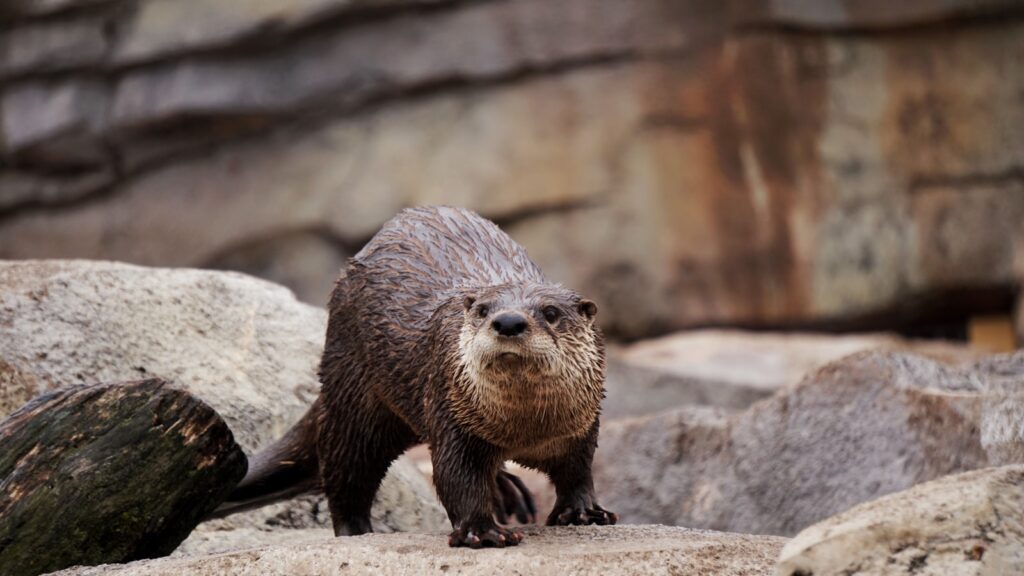
Wildlife biologists faced numerous challenges when developing methods to capture, transport, and release river otters successfully. Early reintroduction pioneers tested various trapping techniques, eventually finding that modified foot-hold traps with padded jaws and quick-response monitoring systems minimized stress and injury to the animals. Transportation protocols evolved to include specialized crates designed to maintain proper temperature and humidity while reducing stress during sometimes lengthy journeys from source populations to release sites. Biologists developed health assessment protocols that included blood testing, parasite screening, and physical examinations to ensure only healthy otters were released. The science of reintroduction advanced significantly when researchers discovered that releasing groups of otters simultaneously (rather than individuals) improved their likelihood of establishing territories and breeding successfully in new habitats, mimicking their natural social structure during the adjustment period.
Colorado’s Groundbreaking Reintroduction Program
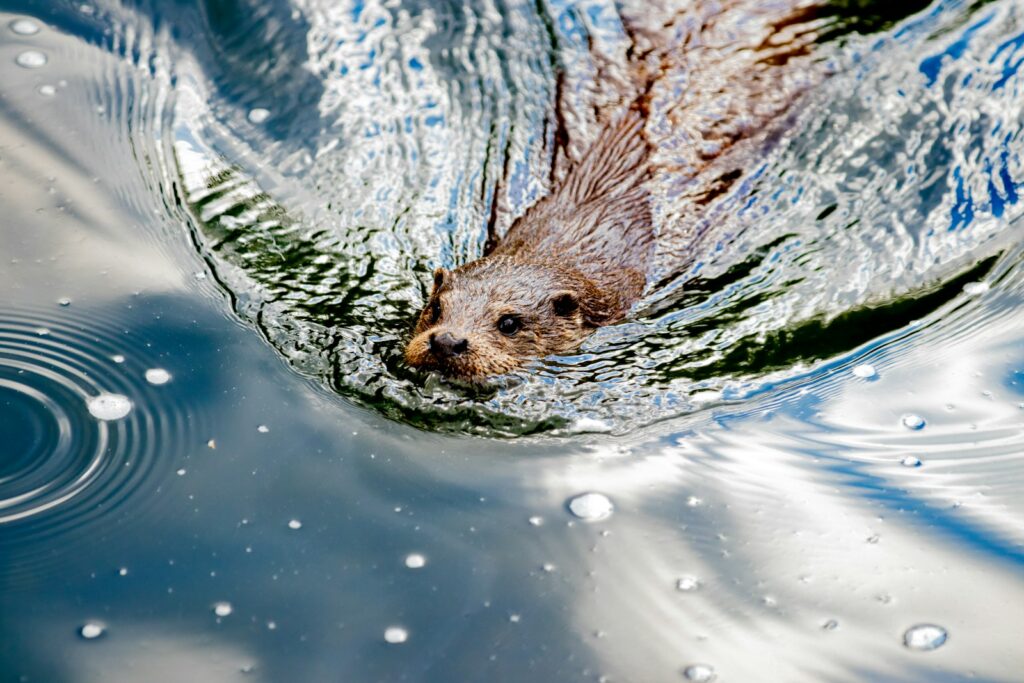
Colorado’s river otter reintroduction program stands as one of the most thoroughly documented success stories in wildlife restoration. Beginning in 1976, Colorado Division of Wildlife biologists released 123 otters from various source populations into the upper Colorado, Gunnison, Piedra, Dolores, and Rio Grande river systems over a 15-year period. The project faced initial skepticism from both public and scientific communities who questioned whether the state’s altered river systems could support viable otter populations after decades of dam construction and water diversion. Biologists meticulously selected release sites based on habitat quality assessments, prey abundance surveys, and minimal human disturbance factors. Their persistence paid off when breeding populations established themselves in all major release areas, with subsequent natural expansion into connected waterways throughout western Colorado. By 2003, river otters had been removed from Colorado’s state endangered species list, demonstrating the program’s remarkable success.
Pennsylvania’s River Otter Restoration Journey
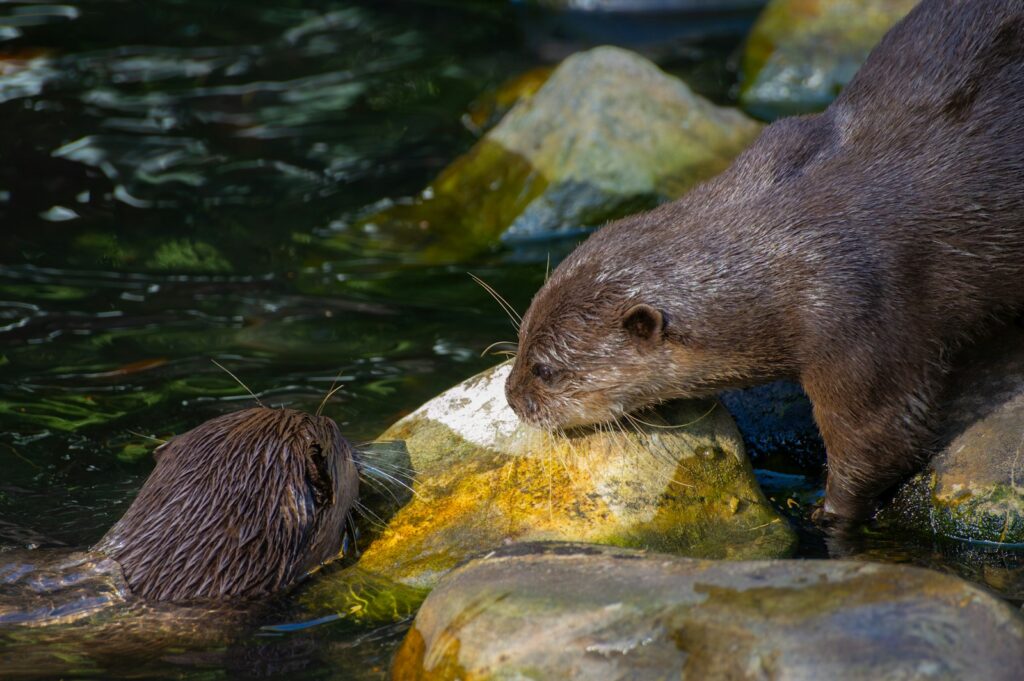
Pennsylvania’s river otter reintroduction represents one of the longest-running and most comprehensive efforts in the eastern United States. When the Pennsylvania Game Commission initiated its restoration program in 1982, river otters had been extirpated from all but the northeastern corner of the state for nearly 50 years. Between 1982 and 2003, wildlife managers released 153 otters across seven major watersheds, primarily using animals captured in Louisiana, New York, and New Hampshire. The program incorporated extensive public education components, engaging local communities and outdoor enthusiasts in monitoring and reporting otter sightings across the state. Research scientists employed radio telemetry to track the movements of released otters, documenting dispersal patterns that sometimes exceeded 50 miles from release sites as animals established new territories. Today, Pennsylvania hosts self-sustaining otter populations throughout all major watersheds, with sufficient recovery to support a highly regulated trapping season beginning in 2016, marking the completion of a conservation journey spanning more than three decades.
Selecting Suitable Release Sites

The science of selecting optimal river otter release locations evolved significantly as reintroduction programs matured across the country. Biologists developed comprehensive habitat assessment protocols that examined multiple factors critical to otter survival, including water quality metrics, prey availability surveys, and riparian corridor condition evaluations. Ideal sites featured clean water with minimal chemical contaminants, abundant fish and crayfish populations, and complex shoreline habitats with natural denning opportunities like beaver lodges, log jams, or rock cavities. Reintroduction specialists also carefully considered human activity patterns, prioritizing areas with minimal disturbance from recreation or development while ensuring sufficient buffer zones between release sites and areas with high road density to reduce vehicle collision risks. The most successful programs incorporated GIS mapping technology to identify habitat connectivity corridors that would facilitate natural population expansion once initial releases established breeding groups.
The Science of Otter Monitoring Post-Release
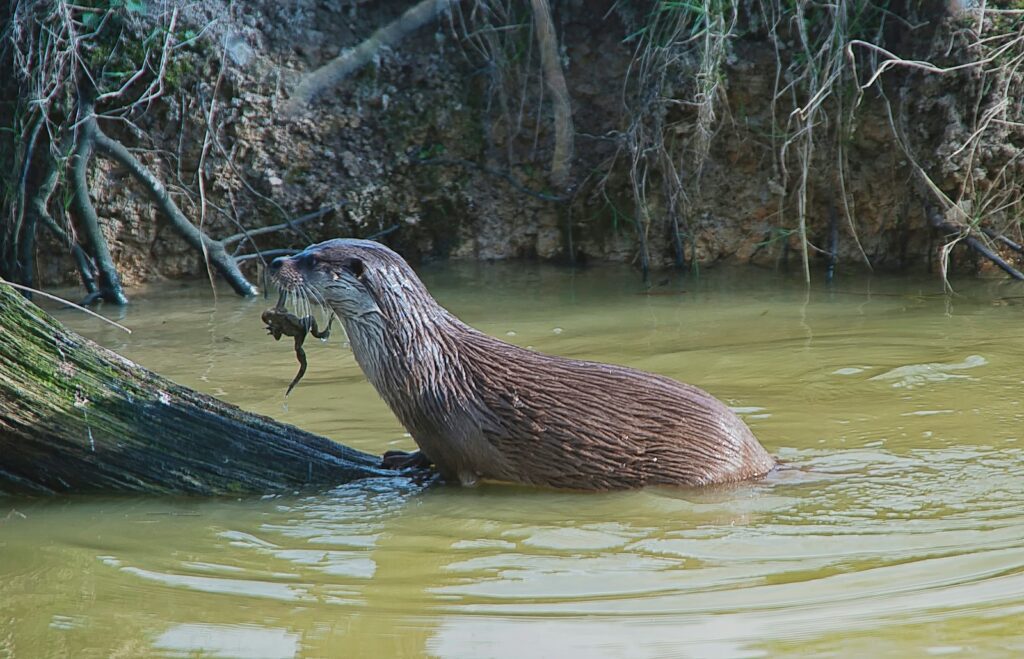
Following reintroduction, tracking river otter establishment and population growth presented unique challenges due to the animals’ elusive nature and aquatic lifestyle. Biologists deployed multiple monitoring techniques, including winter snow tracking surveys to document movement patterns and territorial boundaries through distinctive slide marks and tracks. Radio telemetry proved invaluable for short-term monitoring, with surgically implanted transmitters providing detailed movement data for up to two years post-release. As technology advanced, some programs incorporated DNA analysis of scat samples to determine population size, genetic diversity, and familial relationships without direct animal handling. Citizen science initiatives became increasingly important components of monitoring efforts, with trained volunteers conducting standardized surveys for otter sign along designated waterway sections, creating cost-effective data collection networks that extended professional biologists’ reach across vast watersheds.
Genetic Considerations in Reintroduction

The genetic composition of reintroduced otter populations emerged as a critical factor in long-term restoration success. Biologists carefully considered source population selection, increasingly prioritizing otters from regions with similar environmental conditions to release sites when possible. Early programs sometimes relied on available animals from distant locations—such as using Louisiana otters for northern state reintroductions—but later efforts emphasized closer genetic matches when feasible. Wildlife geneticists recommended releasing substantial numbers (typically 20-30 individuals per watershed) with balanced sex ratios to establish sufficient genetic diversity within founding populations. Some sophisticated programs incorporated genetic testing of source animals to ensure adequate heterozygosity and avoid introducing deleterious traits that might compromise long-term population viability. Recent research using genetic markers has documented how some reintroduced populations show signatures of founder effects but have largely maintained healthy genetic diversity through careful release strategies and natural connectivity between watersheds.
Challenges of Urban and Suburban Reintroductions
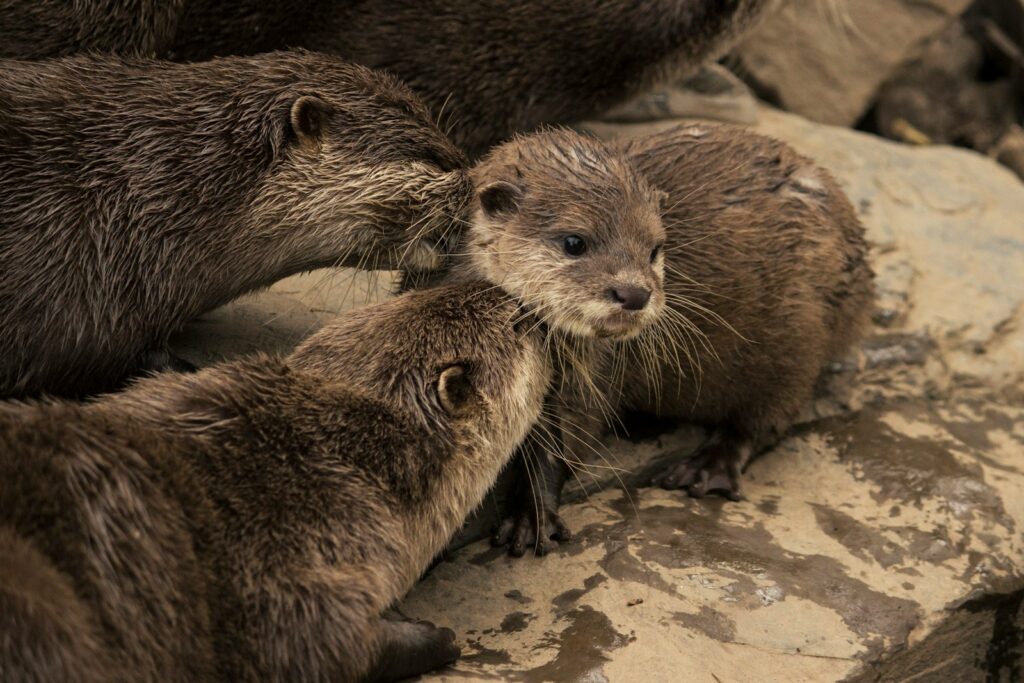
Reintroducing river otters to waterways near human population centers presented unique challenges requiring specialized approaches. Urban and suburban restoration sites often contended with fragmented habitat corridors, elevated pollution levels, and higher human disturbance factors than wilderness releases. Biologists implementing urban-adjacent reintroductions developed modified protocols that included more extensive pre-release water quality testing for contaminants like PCBs and heavy metals that can bioaccumulate in otters. Programs near metropolitan areas incorporated comprehensive public education campaigns to reduce potential human-wildlife conflicts and build community support for returning predators to local waterways. Successful urban reintroductions, such as those in portions of the San Francisco Bay Area and along Colorado’s Front Range, demonstrated that otters could thrive even in modified landscapes when water quality improvements accompanied their return.
The River Otter’s Return to Yellowstone
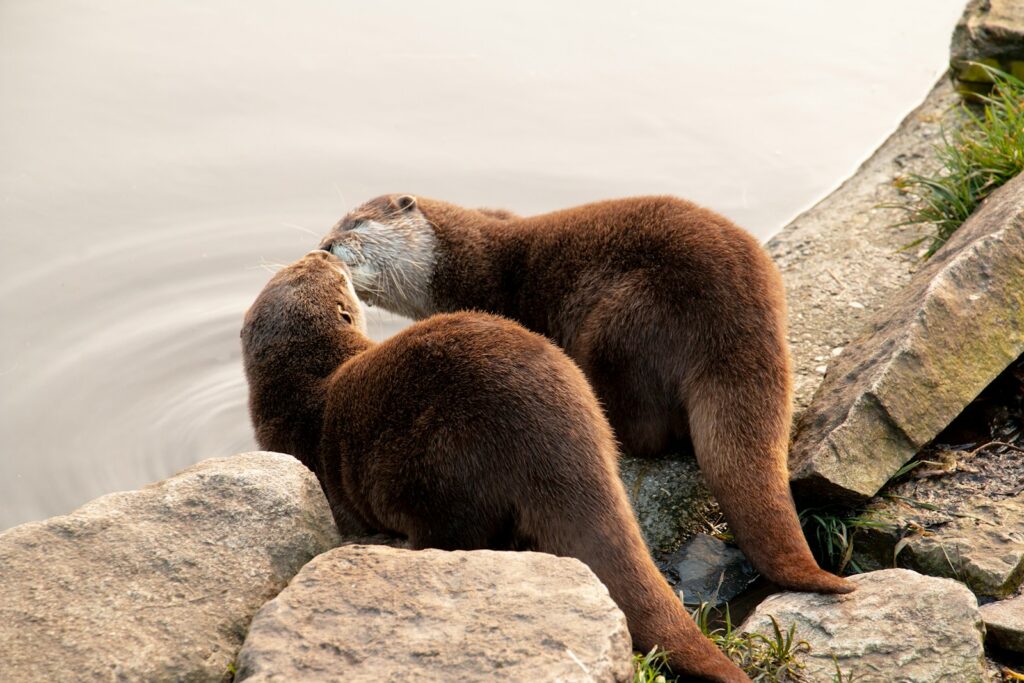
The reestablishment of river otters in Yellowstone National Park exemplifies how these animals can recover without direct reintroduction when habitat conditions improve. Unlike wolves and other species that required active reintroduction, river otters naturally recolonized Yellowstone’s waterways after water quality improvements and enhanced protection of riparian zones allowed remnant populations from surrounding areas to expand their range. Park biologists first documented consistent otter presence along the Lamar River and Soda Butte Creek in the 1980s, with populations gradually spreading throughout the park’s northern river systems. The Yellowstone experience demonstrated the importance of habitat connectivity, as natural corridors allowed otters to disperse from source populations in areas where they had persisted. This natural recolonization complemented active reintroduction efforts in surrounding states, creating a network of interconnected populations throughout the Greater Yellowstone Ecosystem that strengthened regional genetic diversity and population resilience.
Measuring Reintroduction Success
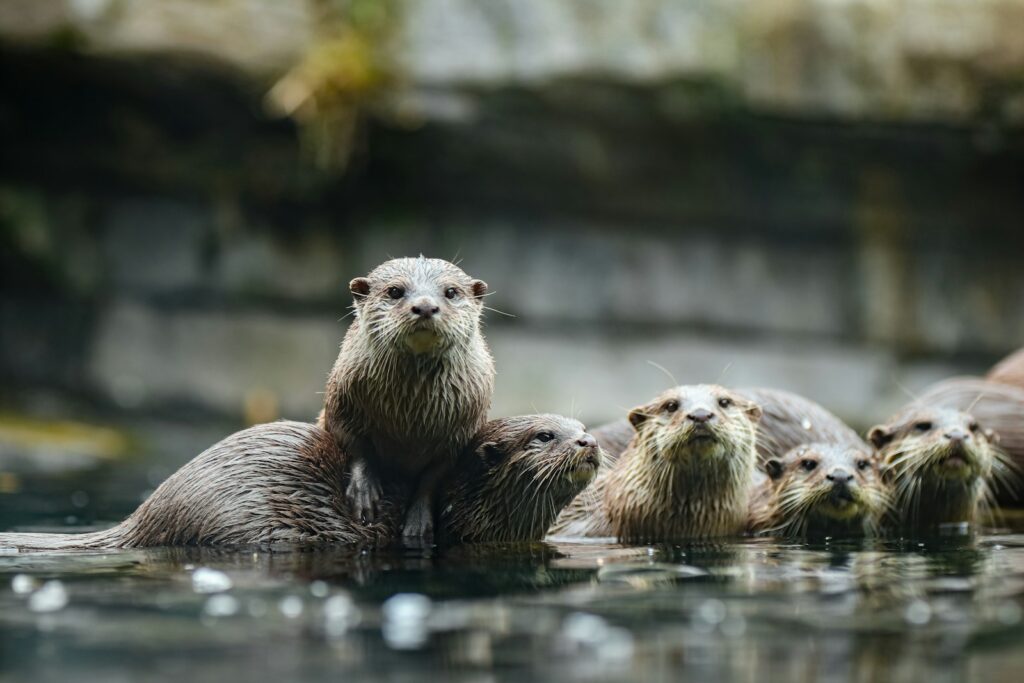
Conservation biologists established multi-faceted criteria to evaluate the success of river otter reintroduction programs beyond simple presence/absence metrics. Successful reestablishment required documented evidence of natural reproduction for multiple generations, typically confirmed through the observation of family groups with kits or through DNA analysis confirming parent-offspring relationships. Population sustainability benchmarks included positive growth trends over at least 10-15 years and natural expansion beyond initial release sites into connected suitable habitat. The most comprehensive success evaluations incorporated ecosystem function assessments, examining how returning otters influenced fish community structure, altered prey behavior, and affected riparian vegetation patterns through trophic cascades. By these rigorous standards, river otter reintroduction programs have achieved remarkable success rates compared to many other carnivore restoration efforts, with established breeding populations now present in at least 22 states where they had been previously extirpated.
Public Perception and Educational Outreach
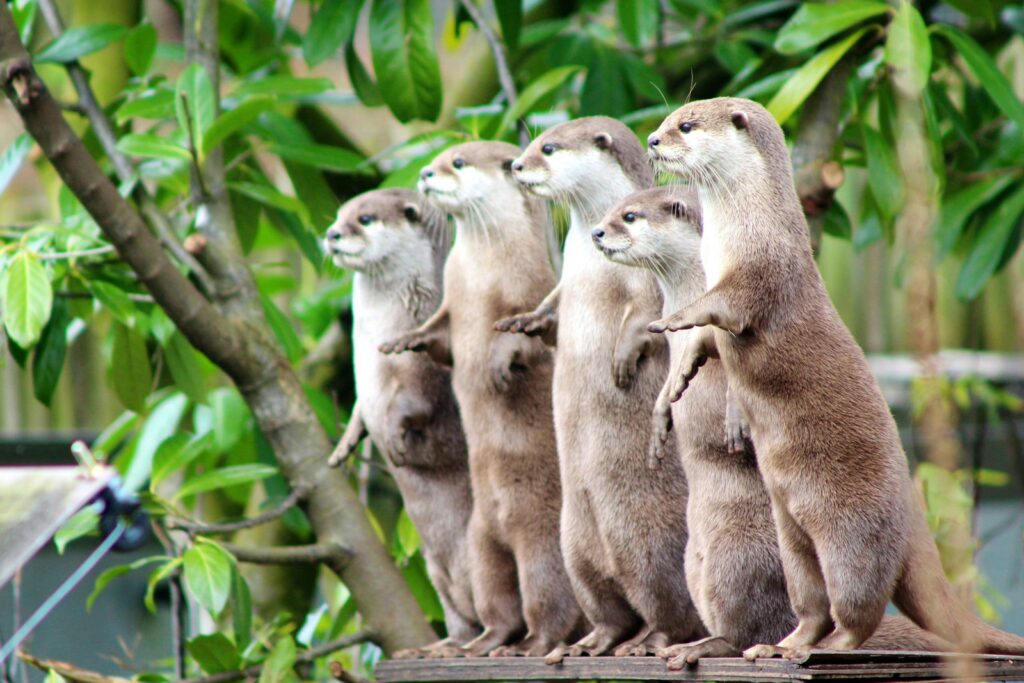
Public support proved instrumental to river otter reintroduction success, with wildlife agencies investing significantly in educational initiatives to generate enthusiasm for restoration efforts. Unlike more controversial predator reintroductions such as wolves, river otters generally enjoyed positive public perception due to their charismatic appearance and behavior, with many programs leveraging this appeal through interpretive signage, educational materials, and public viewing opportunities. Schools across reintroduction states incorporated otter ecology into environmental education curricula, connecting students with local conservation success stories. Some states, including Missouri and Pennsylvania, created “Otter Spotter” citizen reporting programs that both gathered valuable distribution data and fostered public investment in restoration outcomes. These outreach efforts created a positive feedback loop where public enthusiasm generated political support for continued funding of monitoring and habitat protection efforts essential to long-term success.
Ongoing Threats and Conservation Challenges

Despite reintroduction successes, river otter populations continue facing challenges requiring ongoing conservation attention. Water quality threats persist, with emerging contaminants like PFAS (per- and polyfluoroalkyl substances) potentially accumulating in otters as top predators in affected watersheds. Climate change impacts, including altered flow regimes and increased drought frequency in some regions, may reduce habitat suitability in portions of their restored range. Road mortality remains a significant cause of otter deaths, particularly where highways cross waterways or when seasonal water level fluctuations force otters to travel overland between watersheds. Conservation biologists emphasize the need for continued monitoring programs to detect potential population declines promptly, particularly as many states have transitioned from active reintroduction to management phases that may include regulated trapping seasons. The long-term resilience of reintroduced populations will depend on maintaining the habitat improvements and protective measures that enabled their initial recovery.
Future Directions in River Otter Restoration
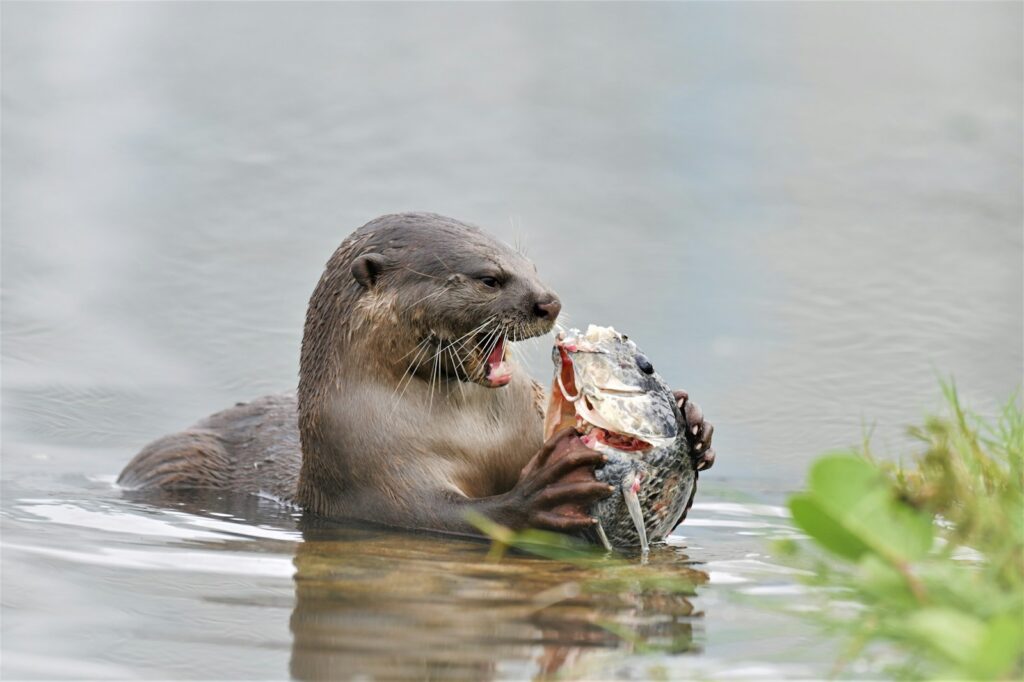
The future of river otter conservation builds upon past reintroduction successes while incorporating new scientific understanding and technologies. Current research focuses on landscape connectivity, identifying and protecting movement corridors that allow genetic exchange between previously isolated populations to maintain genetic health. Emerging environmental DNA (eDNA) monitoring techniques offer promising new methods to detect otter presence through water sampling, potentially revolutionizing population monitoring across large geographic areas. Some programs are exploring reintroduction to final gap areas within the species’ historic range where small habitat pockets remain suitable but too isolated for natural recolonization. The river otter success story provides valuable lessons for ongoing efforts to restore other aquatic and semi-aquatic mammals worldwide, including European otters, Asian small-clawed otters, and sea otters—demonstrating how strategic reintroduction combined with habitat improvement can effectively reverse centuries of human-caused wildlife declines.
Conclusion

The reintroduction of river otters across American waterways stands as a testament to conservation biology’s potential to heal damaged ecosystems. From their near-disappearance across much of the United States to their current thriving status in restored habitats, river otters embody the possibility of environmental redemption through science-based management and public engagement. The multi-decade effort required coordinated action between federal and state wildlife agencies, academic researchers, conservation organizations, and engaged citizens—creating a model for successful species restoration. As these playful mammals continue reclaiming their ecological role in America’s rivers, lakes, and wetlands, they provide tangible evidence that human intervention can successfully reverse biodiversity losses when guided by sound science and sustained commitment. The splashing return of otters to waterways across the country offers hope that with similar dedication, other damaged ecosystems might likewise be restored to ecological wholeness.

